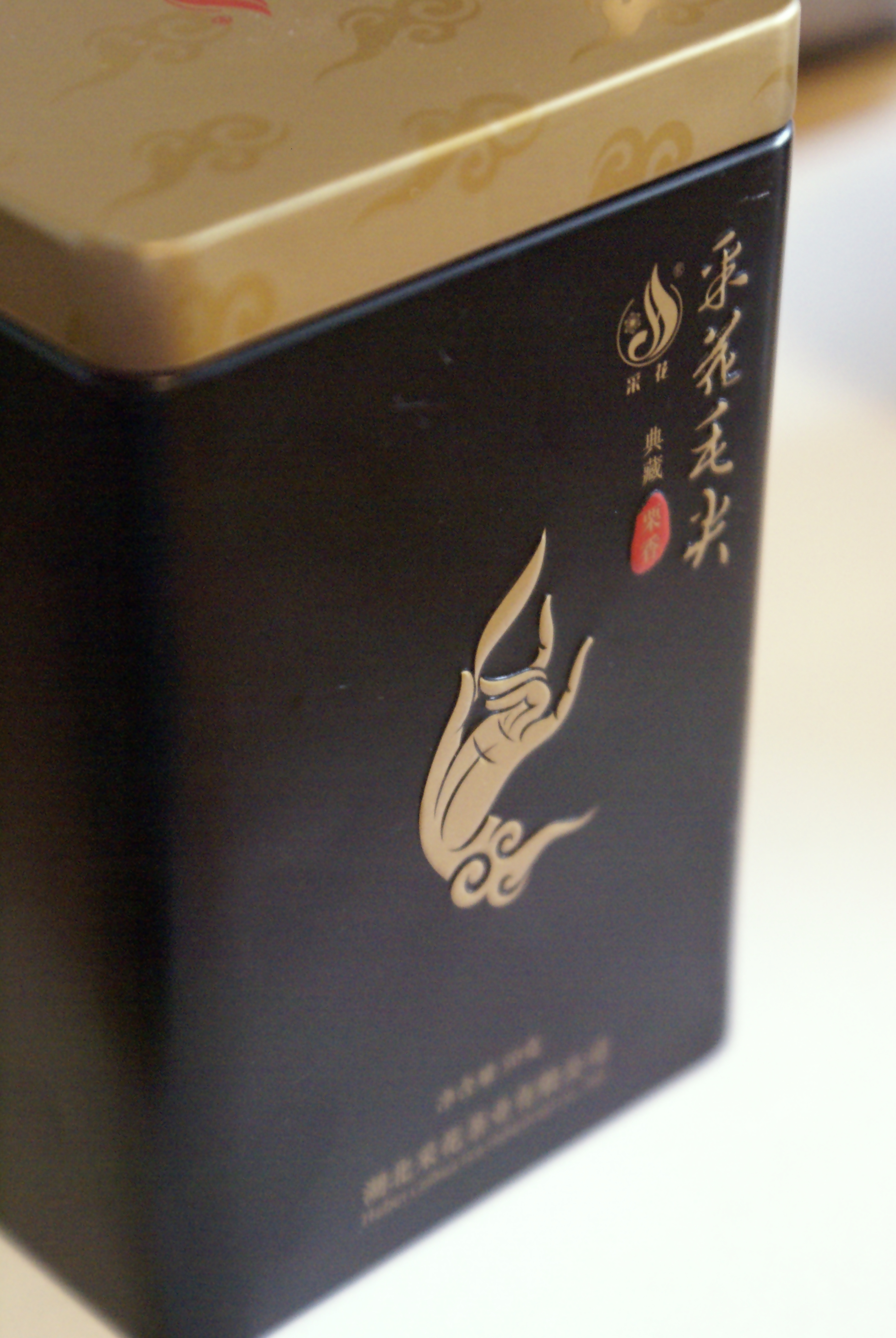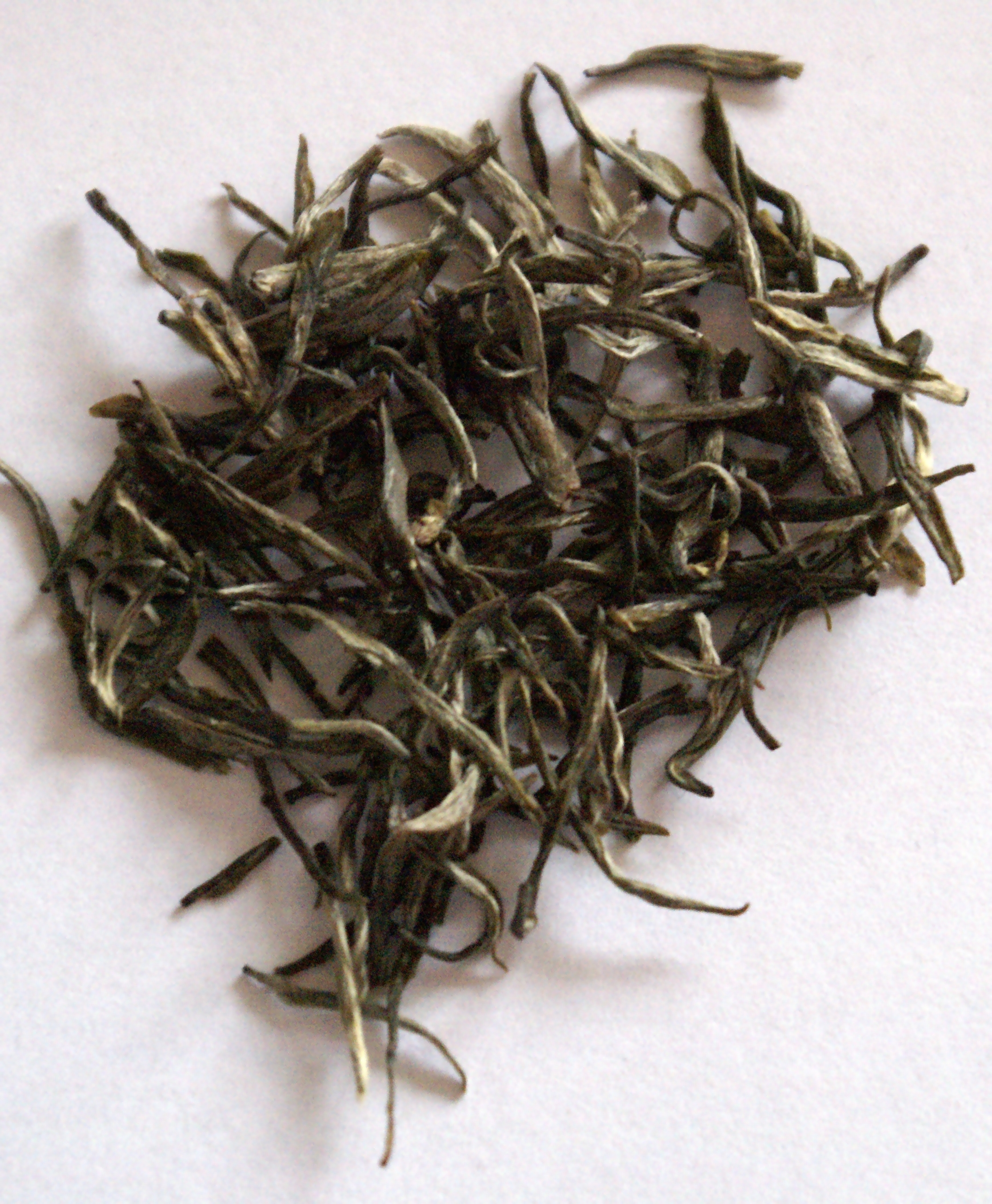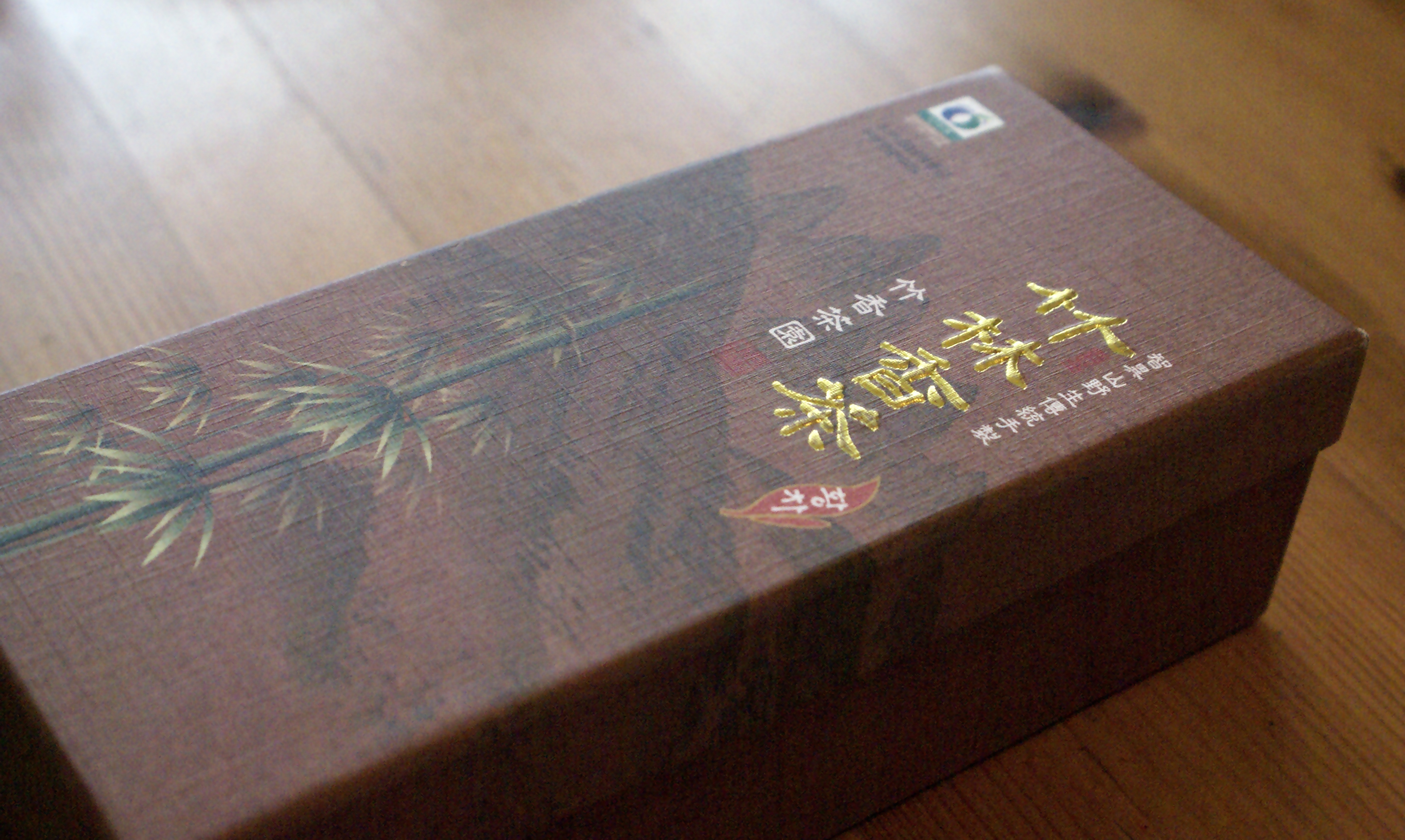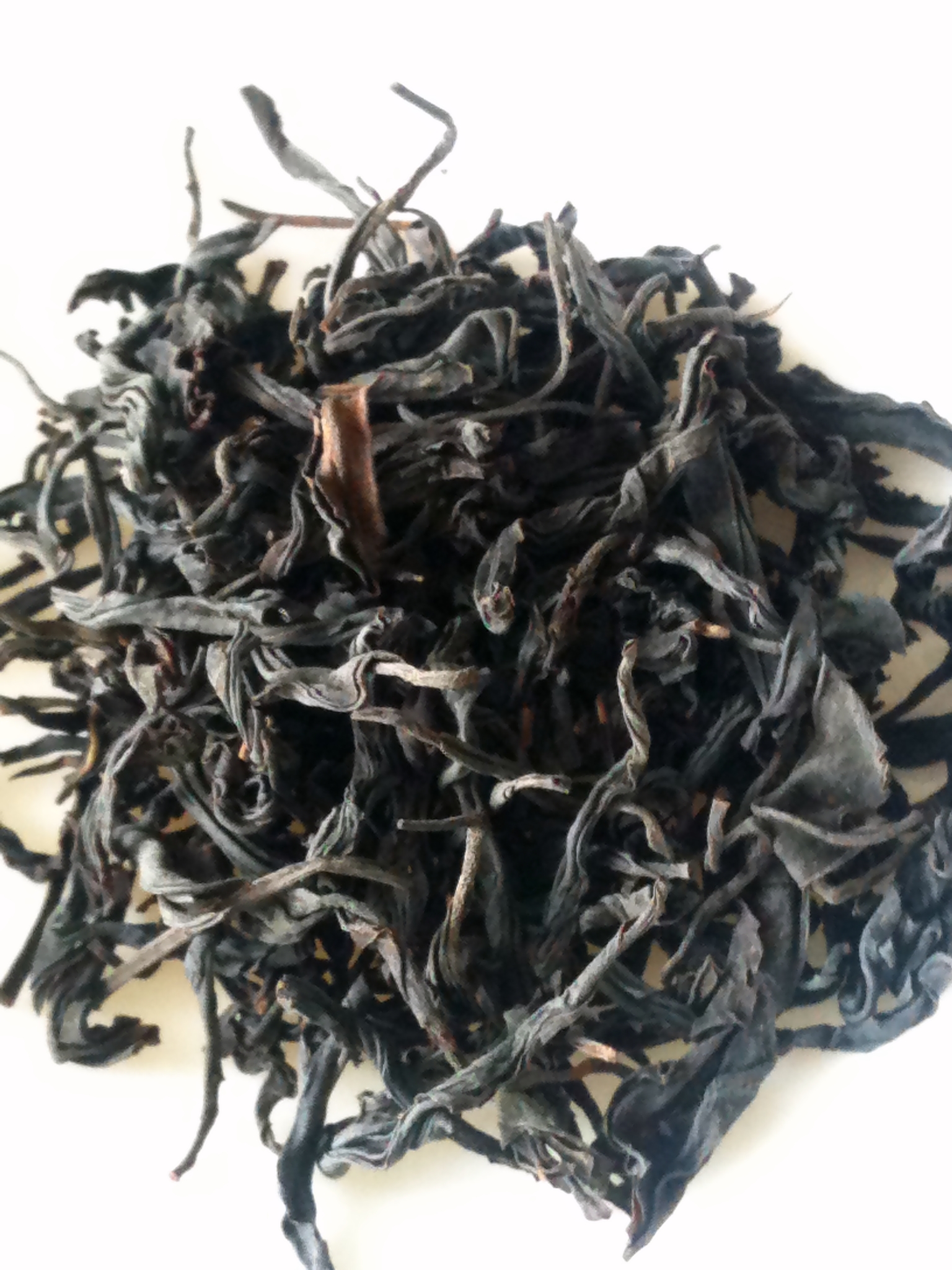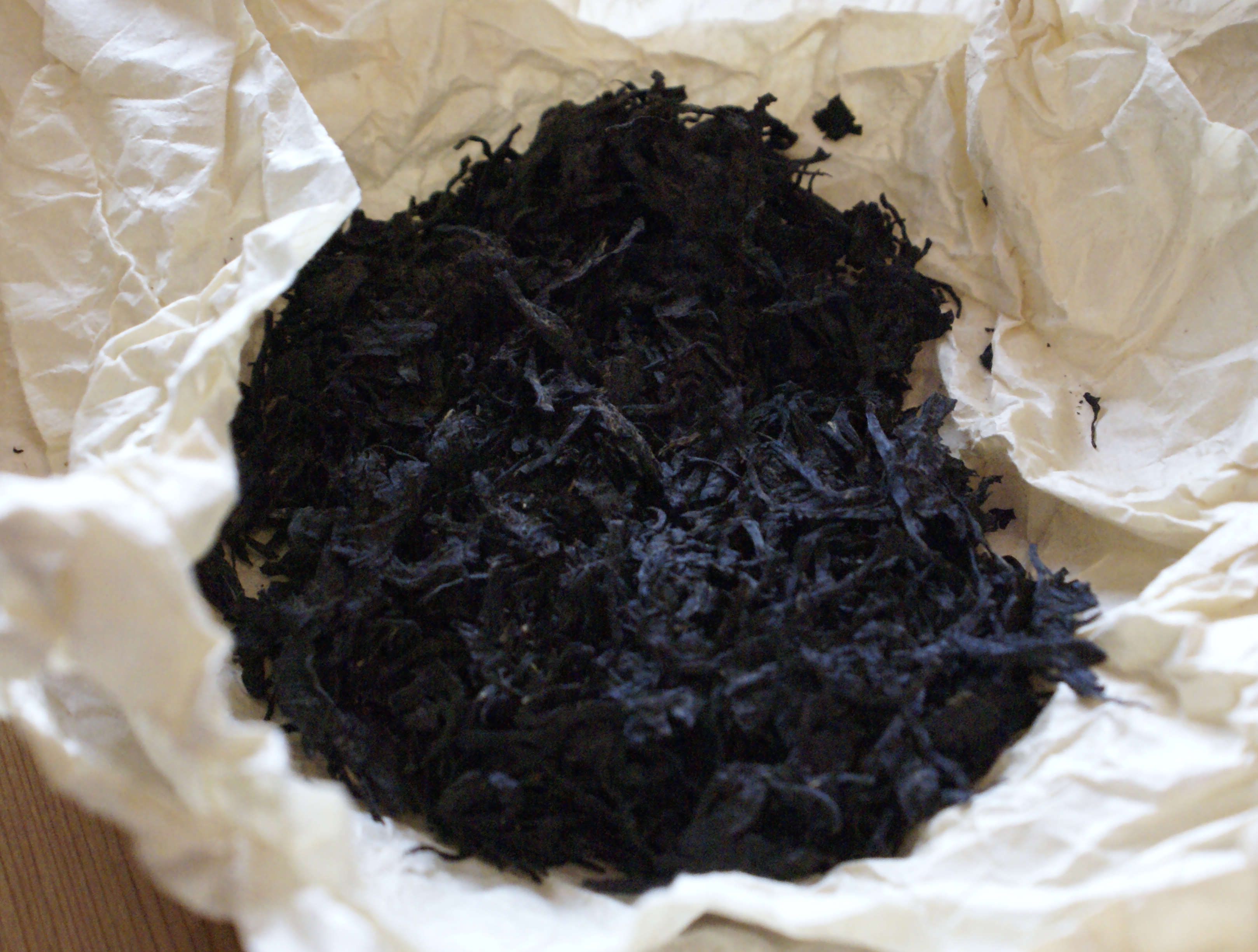Home-made tea
Posted on 5 July 2012
Enjoyed an al fresco tea session the other day with fellow tea fanatic Sayama (who runs this blog). Sayama lives in Japan, travels widely around Asia, and has access to all sorts of weird local teas we never see here in Europe (see our previous sittings here and here).
We started off with a rare green tea from Hubei province, called Caihua. Coming in a very fancy package, this tea looked good from the outside, with well-selected small ‘sparrow’s tongue’ leaves… but brewed a fairly ordinary, coarse green cup that was everything but memorable. Hubei isn’t exactly famous for top-terroir tea, but they’re trying, and apparently have already got the presentation right. We also sampled a tribute-grade Longjing also from China – apparently a private production that is not available for purchase. As cryptic as it sounds, it was a delicious tea: subtle, understated but deep with a lingering toasted nutty flavour, summing up all that’s superlative about a good Longjing.
The following pair of teas was made for a fascinating comparison. One was an artisanal Korean yellow tea, balhyo cha similar to the one described here. Hand-processed with controlled oxidation and leaf rolling, it is a tea midway between a dark oolong such as Oriental Beauty and a light black tea, with delicious notes of dried fruits and milk chocolate. This batch perhaps wasn’t on the level of the one we tried a few months ago, but delicious.
Sayama then produced a tea visually similar. It turned out to be a balhyo cha he had made himself! Having obtained a batch of freshly picked tea leaves in Japan, he processed them similarly to what he had observed in Korea. The leaves withered and oxidised slightly before being pan-fired and then hand-kneaded. The big difference – other than in the lesser experience of the amateur tea kneader – came in the leaves: in this case, they were yabukita, a variety used in Japan for green tea, so small, subtle young leaves as opposed to the more robust Korean leaf usually needed for yellow tea.
Brewing this home-made tea was a fascinating experience. It was obviously different from the ‘professional’ Korean balhyo cha, more rustic, oxidised black tea-like, less precise and subtle, but… not that different. It showed that with a bit of training and adjustment, as well as a quality tea leaf supply, good tea can be made at one’s home. We can all become teamasters.


